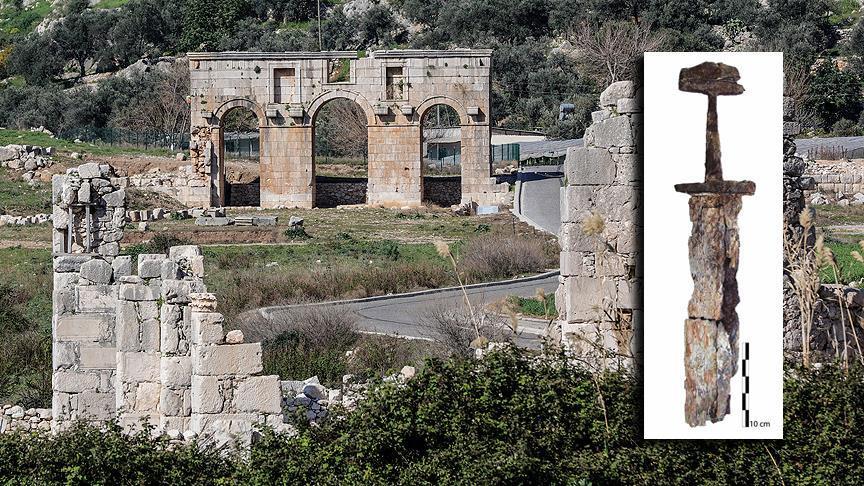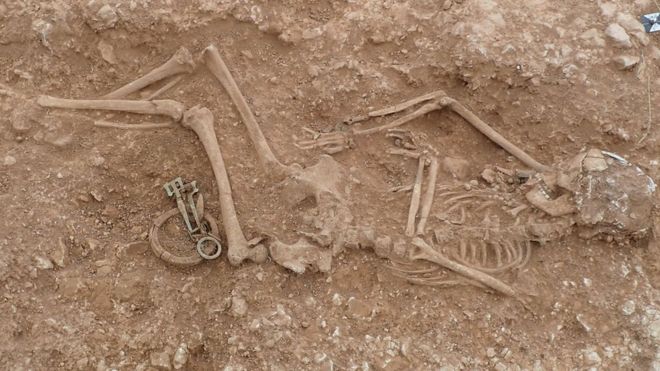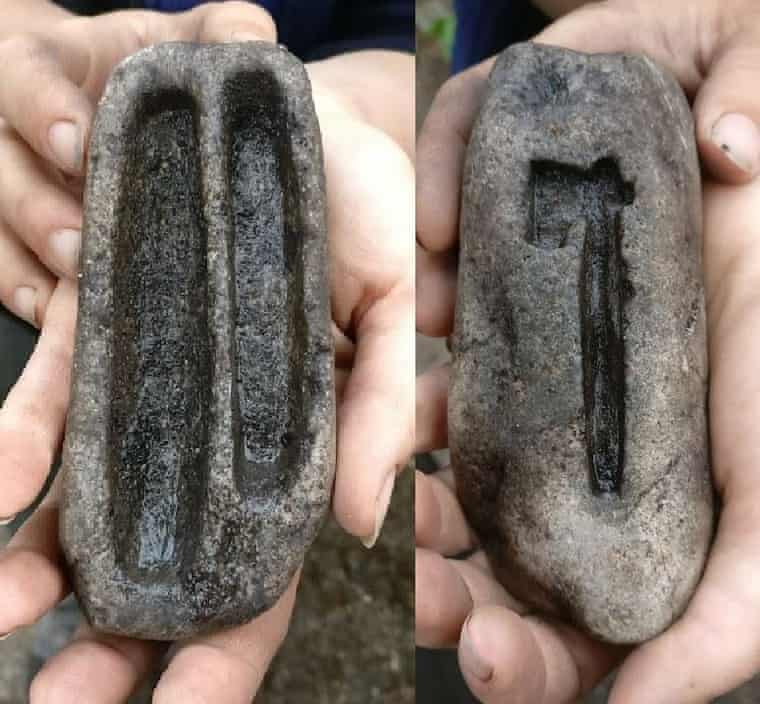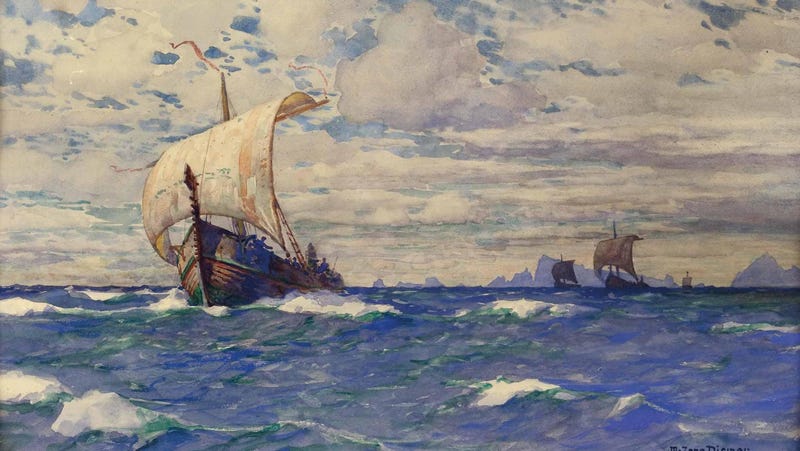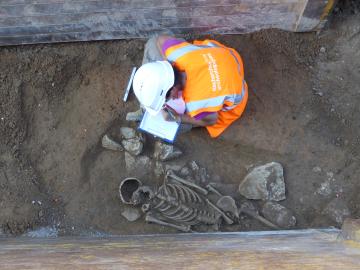Turkish archeologists uncover Viking sword from 9th-10th century in ancient city of Patara
Searching through the ancient city of Patara in Turkey's Mediterranean resort city of Antalya, Turkish archeologists uncovered a sword dating back to over a millennium.
Lead excavator Professor Havva Iskan Isik of Akdeniz University told Anadolu Agency that they identified a Viking sword from the ninth or 10th century.
Isik said they have been carrying out excavation works for 30 years and have discovered important archaeological evidence so far.
"Finding a Viking sword in a harbor city in the Mediterranean area is of great importance," she said.
Read the rest of this article...
